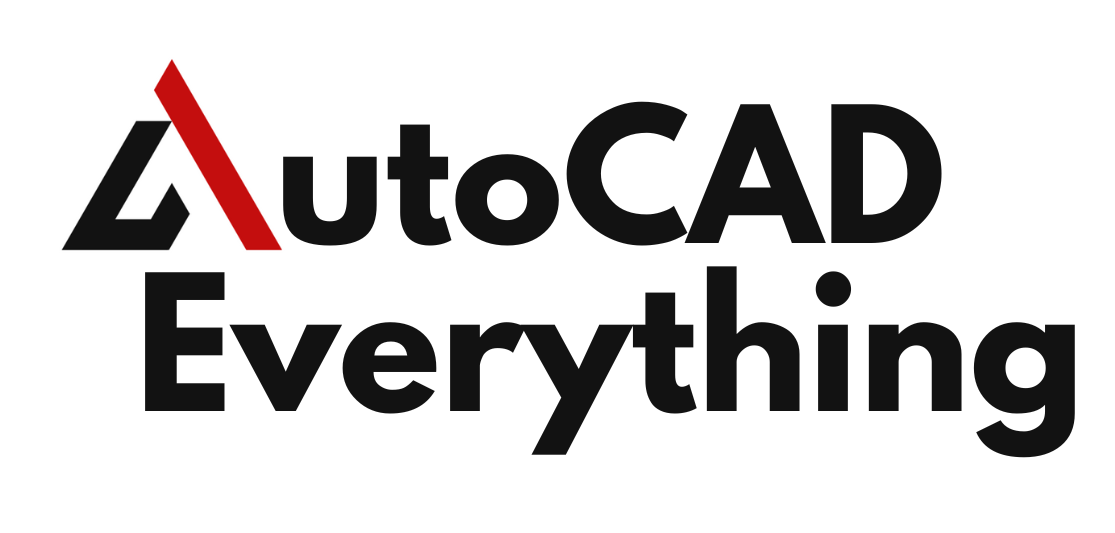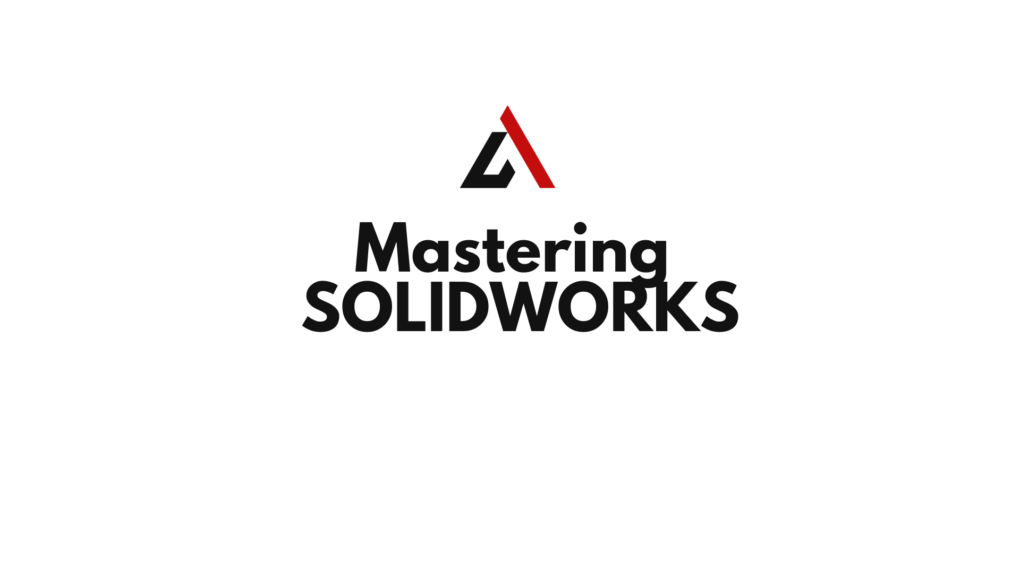In the demanding world of CAD and product design, every second counts. Engineers and designers constantly seek methods to streamline their workflow, reduce repetitive tasks, and ultimately, accelerate the creation of innovative products. While the graphical user interface of SOLIDWORKS is intuitive and powerful, the true maestros of design know that the keyboard holds the key to unlocking unparalleled productivity. By mastering SOLIDWORKS keyboard shortcuts, users can transform their design process from a series of clicks and menu navigations into a fluid, almost instinctive dance between thought and execution.
This comprehensive article delves into the world of SOLIDWORKS keyboard shortcuts, exploring their profound impact on productivity, how to effectively leverage both built-in and custom shortcuts, and offering strategies for integrating them seamlessly into your daily design routine.
Table of Contents
The Unseen Advantage: Why Keyboard Shortcuts Matter
At first glance, relying on the mouse and the meticulously organized CommandManager in SOLIDWORKS seems efficient enough. However, a deeper look reveals the inherent limitations of this approach:
- Mouse Travel and Fatigue: Constantly moving the mouse across the screen to access commands in toolbars and menus leads to wasted time and can contribute to hand and wrist fatigue over extended periods. Keyboard shortcuts drastically reduce this travel.
- Context Switching: Shifting focus from the design area to the CommandManager and back disrupts the mental flow. Shortcuts keep your eyes and attention on the model.
- Repetitive Strain: Repeated clicking for common commands can lead to repetitive strain injuries. Keyboard shortcuts often distribute the workload across different fingers and hands.
- Speed and Fluidity: Once memorized, a keyboard shortcut executes a command instantaneously, far faster than navigating through menus. This speed compounds over a design session, leading to significant time savings.
- Focus on Design Intent: When commands become second nature, designers can focus more on the creative problem-solving aspect of their work, rather than the mechanics of operating the software.
In essence, keyboard shortcuts are not just about saving a few milliseconds per action; they are about fostering a more efficient, ergonomic, and ultimately, more enjoyable design experience.
Decoding the SOLIDWORKS Keyboard Landscape
SOLIDWORKS offers a rich tapestry of built-in keyboard shortcuts, many of which mirror standard Windows commands, making them instantly familiar to most users. Beyond these, the software provides powerful customization options to tailor your keyboard to your unique workflow.

Familiar Friends: Standard Windows Shortcuts
Many common operations in SOLIDWORKS leverage universal Windows shortcuts:
- Ctrl + O: Open File
- Ctrl + S: Save File
- Ctrl + Z: Undo
- Ctrl + Y: Redo
- Ctrl + C: Copy
- Ctrl + X: Cut
- Ctrl + V: Paste
- Ctrl + A: Select All
- Ctrl + W: Close current document
These fundamental shortcuts form the bedrock of efficient operation in any software, and SOLIDWORKS is no exception.
Core SOLIDWORKS Shortcuts: The Essentials
Beyond the standard Windows commands, SOLIDWORKS has its own set of invaluable shortcuts that every user should strive to master:
Navigation and View Control:
- F: Zoom to Fit (extremely useful for quickly centering your model)
- G: Magnifying Glass (for detailed inspection without zooming in directly)
- N: Normal To (orient the view perpendicular to a selected face or sketch plane)
- Spacebar: Opens the Orientation dialog, allowing quick access to standard views (Front, Top, Right, Isometric, etc.) and any custom views you’ve saved.
- Ctrl + 1, 2, 3, 4, 5, 6, 7: Direct access to standard views (Front, Back, Left, Right, Top, Bottom, Isometric, respectively).
- Z: Zoom Out
- Shift + Z: Zoom In
- Ctrl + Middle Mouse Button Drag: Pan the model
- Middle Mouse Button Drag: Rotate the model
Sketching Shortcuts:
- L: Line
- C: Circle
- R: Rectangle
- A: Arc
- D: Smart Dimension (one of the most frequently used sketching commands)
- T: Trim Entities
- O: Offset Entities
- Ctrl (while sketching): Temporarily disables automatic sketch relations, giving you more freedom in placing entities.
- Tab (in 3D sketch): Changes the XYZ plane for sketching.
- Shift + Click (while dimensioning arcs/circles with Smart Dimension): Snaps the dimension to the max/min location.
Modeling Shortcuts:
- Ctrl + B: Rebuild (rebuilds only changed features)
- Ctrl + Q: Complete Rebuild (forces a full rebuild of the entire document, useful for resolving complex errors or ensuring accuracy)
- Enter: Repeats the last command (a productivity powerhouse!)
- Alt + Arrow Keys: Rotates the model 90 degrees.
- S Key (the “S” shortcut): This is a universal shortcut that brings up a context-sensitive shortcut bar right next to your cursor. This bar dynamically changes based on whether you’re in a part, assembly, drawing, or sketch environment. It’s a highly customizable and incredibly efficient tool.
Assembly Shortcuts:
- M: Mate
- Ctrl + Drag (component in graphics area): Copies the component.
- Alt + Ctrl + Drag (component): Copies the component and creates a SmartMate.
- Tab (component): Hides selected component.
- Shift + Tab (component): Shows hidden selected component.
General Productivity and Selection:
- R: Displays the Recent Files dialog, allowing quick access to recently opened documents and the ability to pin favorites.
- Ctrl + Tab: Cycles through open documents, displaying a preview window for easy selection.
- Ctrl + Click: Selects multiple non-sequential entities.
- Shift + Click (in FeatureManager Design Tree): Selects everything between the first and second click.
- Shift + Click (on transparent face): Selects a transparent face on a component.
- Left-to-right box select: Selects everything entirely within the box.
- Right-to-left box select: Selects everything the box touches or crosses.
The Power of Customization: Making SOLIDWORKS Your Own
While the default shortcuts are a great starting point, the true power of SOLIDWORKS lies in its ability to be customized to your specific needs and frequently used commands.
How to Customize Keyboard Shortcuts:
- Open the Customize Dialog: With a SOLIDWORKS document open, go to Tools > Customize, then select the Keyboard tab. Alternatively, right-click on any toolbar and select Customize…, then navigate to the Keyboard tab.
- Search for Commands: Use the “Search for:” bar to quickly find the command you want to assign a shortcut to. You can also browse by “Category.”
- Assign or Modify Shortcuts: Click in the “Shortcut(s)” cell next to the desired command. Type the key combination you want to use. SOLIDWORKS will warn you if the shortcut is already assigned to another command, allowing you to overwrite it or choose a different combination.
- Consider Overwrites: While you can overwrite existing shortcuts, it’s generally recommended to find unused combinations or use modifier keys (Ctrl, Shift, Alt) in conjunction with other keys to create unique shortcuts.
- Print or Copy List: The “Print List” and “Copy List” buttons are incredibly useful for creating a physical or digital cheat sheet of your customized shortcuts.
- Reset to Defaults: If you get too carried away with customization, the “Reset to Defaults” button allows you to revert all keyboard shortcuts to their original settings.
Customizing the “S” Shortcut Bar:
The “S” key shortcut bar is a game-changer for rapid access to context-specific commands. It has four modes: Part, Assembly, Drawing, and Sketch.
- Activate the “S” bar: Press the S key.
- Customize: Right-click inside the “S” shortcut bar and select Customize.
- Drag and Drop: In the Customize dialog, simply drag commands from the list on the left onto the “S” bar. To remove a command, drag it off the bar.
- Context-Specific Customization: Remember to customize each of the four modes (Part, Assembly, Drawing, Sketch) individually to optimize them for the commands you use most in each environment.
Mouse Gestures: An Alternative Powerhouse:
While this article focuses on keyboard shortcuts, it’s important to mention mouse gestures as another powerful productivity tool in SOLIDWORKS. Mouse gestures allow you to execute commands by right-clicking and dragging the mouse in a specific direction. They are highly customizable and can be configured for 2, 3, 4, 8, or 12 gestures.
To customize mouse gestures, go to Tools > Customize and select the Mouse Gestures tab. For some users, a combination of keyboard shortcuts and mouse gestures offers the most fluid workflow.
Strategies for Effective Shortcut Integration
Simply knowing shortcuts isn’t enough; true productivity comes from consistent application and integration into your daily habits.
- Start Small: Don’t try to memorize every shortcut at once. Begin with 5-10 frequently used commands that currently require multiple clicks. Focus on mastering these before adding more.
- Sticky Notes and Cheat Sheets: Print out a cheat sheet of your chosen shortcuts and keep it visible near your monitor. This visual reminder will help reinforce muscle memory.
- Practice, Practice, Practice: The only way to truly internalize shortcuts is through repetition. Consciously force yourself to use them, even if it feels slower initially. Over time, it will become second nature.
- Identify Your Bottlenecks: Pay attention to which commands you use most often and which actions feel slow or clunky. These are prime candidates for custom shortcuts.
- Utilize the “S” Key: Make the “S” key your best friend. Customize it with your most critical context-specific commands and use it constantly.
- Explore the Command Search: If you can’t remember a shortcut, or if a command doesn’t have one, use the Command Search bar (usually found at the top right of the SOLIDWORKS window, or by pressing ‘S’ and then typing). This allows you to quickly find and activate commands without digging through menus.
- Watch Power Users: Observe experienced SOLIDWORKS users. How do they navigate? Which shortcuts do they employ? You’ll often pick up valuable tips and tricks.
- Consistency is Key: Once you’ve established a set of custom shortcuts, stick with them. Frequent changes can hinder muscle memory development. If you share a workstation, consider exporting and importing your settings or discussing shared shortcut conventions.
- Online Resources: Leverage online tutorials, forums, and official SOLIDWORKS documentation. Many communities share their favorite shortcuts and customization tips.
Beyond the Keys: Holistic Productivity in SOLIDWORKS
While keyboard shortcuts are a cornerstone of productivity, they are part of a larger ecosystem of best practices that can supercharge your SOLIDWORKS experience:
- Efficient Sketching: Utilize on-screen numerical input when creating sketch entities to directly type in dimensions. Understand how to add and reassign dimensions efficiently.
- Smart Mates: Leverage Smart Mates in assemblies to quickly position and constrain components.
- Configurations: Use configurations to manage variations of parts and assemblies, reducing file size and improving performance.
- Feature Management: Keep your FeatureManager Design Tree organized with meaningful names and folders for easier navigation and editing.
- Templates: Create custom templates for parts, assemblies, and drawings with pre-defined settings, sheets, and properties to save setup time.
- Display Performance: Optimize graphics performance settings, especially for large assemblies, by reducing image quality, suppressing unnecessary features, or creating simplified configurations.
- Macros: For highly repetitive, multi-step tasks that don’t have a direct shortcut, consider recording or writing simple SOLIDWORKS macros to automate them.
- 3D Mouse: For advanced users, a 3D mouse (like a SpaceMouse) can significantly enhance navigation and view manipulation, complementing keyboard shortcuts.
Conclusion
Mastering SOLIDWORKS keyboard shortcuts is not merely a convenience; it’s a fundamental step towards becoming a highly efficient and effective design professional. By minimizing mouse travel, reducing context switching, and fostering a more fluid interaction with the software, shortcuts empower users to focus on the creative essence of design. Start with the essentials, embrace customization, and practice diligently. As you integrate these powerful tools into your workflow, you’ll discover a newfound speed and precision that will elevate your SOLIDWORKS experience and ultimately, accelerate your journey from concept to reality. The keyboard, often overlooked, truly holds the secret to unlocking your full design potential.

